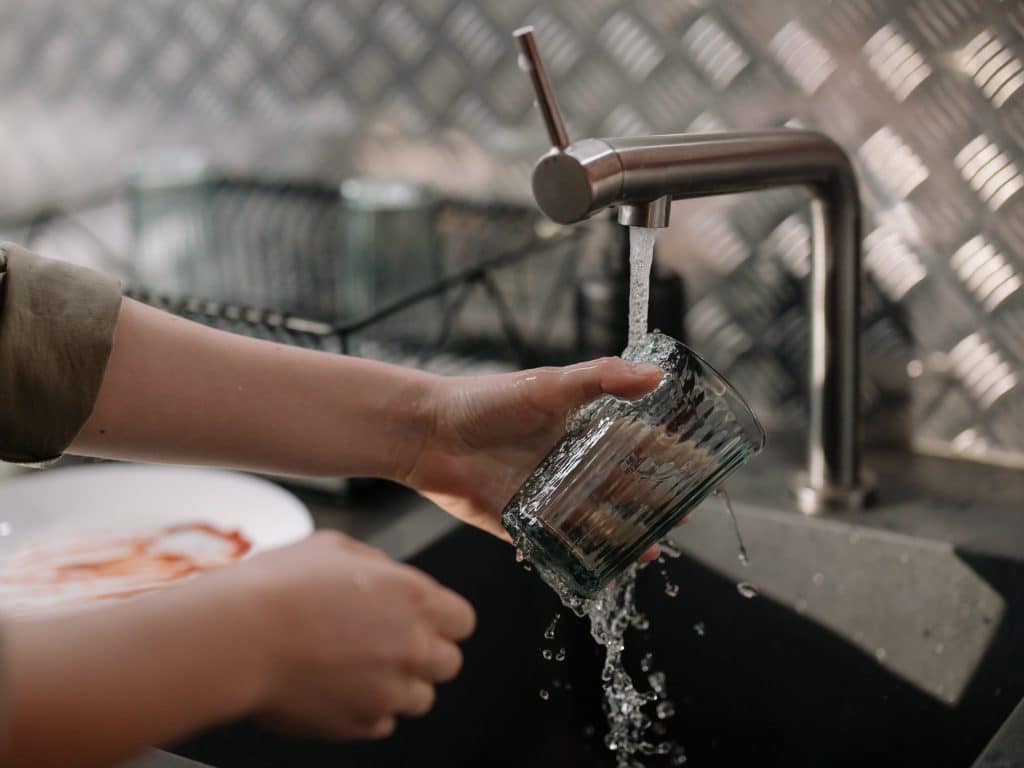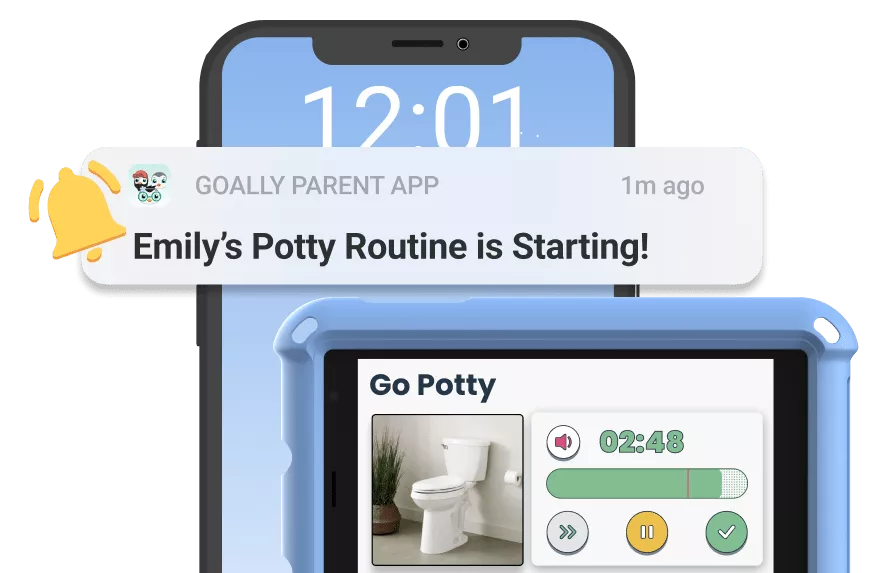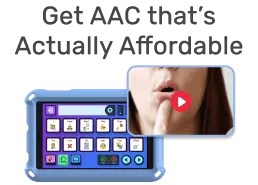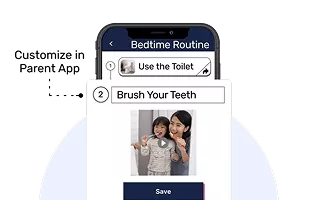Washing dishes by hand is one of those essential tasks that often gets overlooked in our dishwasher-dominated world. But it’s a valuable skill that promotes responsibility and independence in children. In this guide, I’ll walk you through the process of hand-washing dishes effectively, with tips on how to involve your kids in the process.
Table of Contents
Key Takeaways
- Start with the right supplies: hot water, dish soap, and a good sponge or brush.
- Follow a step-by-step process to ensure all dishes, from glasses to greasy pots, are properly cleaned.
- Drying your dishes correctly is just as important as washing them to avoid water spots and bacteria growth.
Why Hand-Washing Dishes Matters
When done correctly, washing dishes by hand can actually be more effective at removing bacteria than using a dishwasher. It also helps conserve water and energy. For many, it’s a task that fits perfectly into a routine, providing a moment of mindfulness in an otherwise busy day.
Step 1: Gather Your Supplies
The first step in washing dishes by hand is gathering the right supplies. Here’s what you’ll need:
- Hot Water: The hotter, the better. Hot water cuts through grease and kills bacteria.
- Dish Soap: Choose a soap that’s tough on grease but gentle on your hands.
- Sponge or Brush: A good sponge or brush will make scrubbing easier.
- Drying Rack or Clean Towel: You’ll need this for drying your dishes.

Read more: Hand Washing Steps for Kids
Step 2: Prep Your Dishes
Before you even turn on the water, take a moment to prep your dishes. This means scraping off any leftover food into the trash or compost bin. Rinsing off any excess sauce or crumbs will also help make washing easier.
For tougher stains or baked-on food, soak those dishes in warm soapy water for a few minutes before scrubbing.
Step 3: Start with the Cleanest Dishes
It’s important to wash your dishes in the right order. Always start with the cleanest items first—like glasses, cups, and utensils. This prevents greasy residue from sticking to your cleaner dishes.
- Glasses and Cups: These should be washed first to avoid water spots.
- Utensils: Next, move on to your forks, knives, and spoons.
- Plates and Bowls: Wash these after your glasses and utensils.
Step 4: Wash Pots and Pans Last
Greasy pots and pans should always be washed last. These are often the dirtiest items and can leave your water greasy. If your pan has stubborn food stuck to it, fill it with hot soapy water and let it soak while you wash the other dishes.
Scrub thoroughly with a brush or sponge, paying attention to any burnt-on areas. You might need to use a bit more elbow grease here, but it will be worth it when your pans are sparkling clean.
Step 5: Rinse Thoroughly
After scrubbing each dish, rinse it thoroughly under hot running water. Make sure all soap residue is removed. This step is crucial because leftover soap can leave a film on your dishes or even affect the taste of your food.

Read more: How to Teach Kids to Put Dishes Away
Step 6: Dry Your Dishes
Drying is the final step, and it’s just as important as washing. Leaving dishes to air dry in a rack is convenient, but if you’re looking to prevent water spots, drying with a clean towel is the way to go.
Make sure your towels are clean and dry to avoid spreading any bacteria onto your freshly washed dishes.
Step 7: Clean Your Sink and Sponge
After you’ve finished washing all your dishes, take a moment to clean your sink and sponge. A dirty sponge can harbor bacteria, so rinse it thoroughly and squeeze out as much water as possible. You can even pop it in the microwave for 1-2 minutes to sanitize it. Wipe down your sink with some dish soap and hot water to leave it clean and ready for your next dishwashing session.

Goally | Best Videos to Teach Life Skills
Give your kid an independent future. Goally has 100+ video classes teaching life skills like “How to Choose a Restaurant,” “How to Interrupt Politely,” and “How to Get Ready for School.”
Goally takes kids on an adventure that includes interactive practice and checkpoints along the way! No web browsers, YouTube, or social media.
Hand-washing dishes isn’t just about cleanliness – it’s a fantastic opportunity for learning and growth. By breaking down the process and adapting it to your child’s needs, you’re not only teaching a valuable life skill but also fostering independence, responsibility, and even some hidden motor skills practice. Remember, the key is patience and consistency. Before you know it, you might find your kids voluntarily stepping up to the sink, ready to tackle that pile of dishes!
Resources:
- Environmental Protection Agency (EPA)
- Centers for Disease Control and Prevention (CDC)
- Consumer Reports
FAQs about How to Wash Dishes by Hand
What is the best temperature for washing dishes by hand?
The best temperature for washing dishes by hand is hot water, ideally between 110°F to 120°F. Hot water helps dissolve grease and effectively kills bacteria.
How can I prevent water spots on my dishes?
To prevent water spots, make sure to rinse your dishes thoroughly with hot water and dry them immediately with a clean towel. Air drying can lead to spots due to mineral deposits in the water.
Is it necessary to soak dishes before washing?
Soaking is essential for dishes with dried-on food or tough stains. It helps loosen the debris, making it easier to scrub off during washing.
Can I use the same sponge for all dishes?
It’s better to use separate sponges or brushes for different types of dishes, especially when dealing with greasy pots and pans. This helps prevent cross-contamination and keeps your cleaner dishes free from grease.
How often should I replace my dish sponge?
Replace your dish sponge every two weeks, or sooner if it starts to smell or show signs of wear. Sponges can harbor bacteria, so regular replacement is important for hygiene.
This post was originally published on 09/23/2023. It was updated on 08/22/2024.

Goally
We help parents teach their kids life skills, like doing bedtime and morning independently. Backed by science, we incorporate evidence-based practices and expert-informed designs in all of our apps and content.





